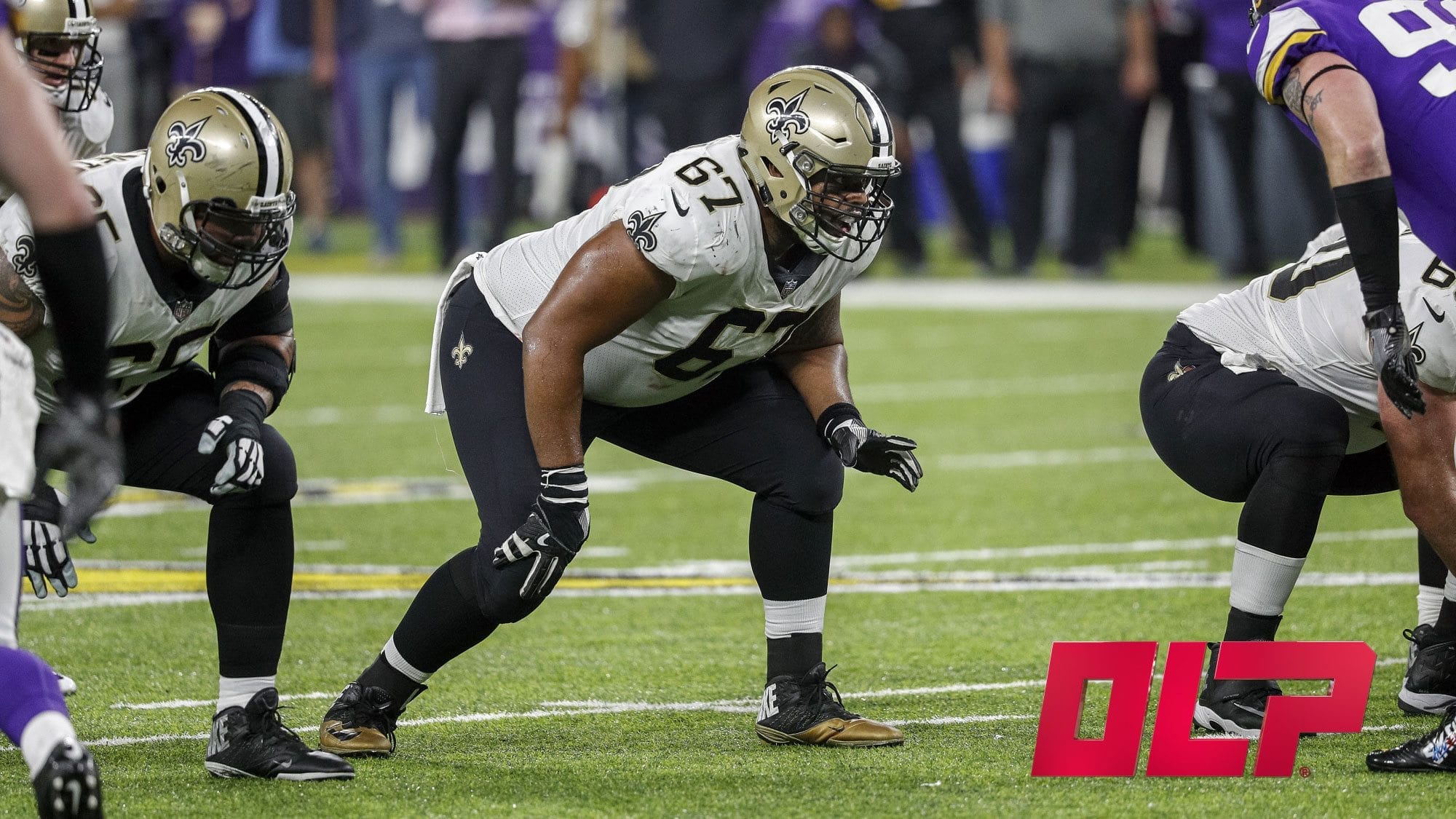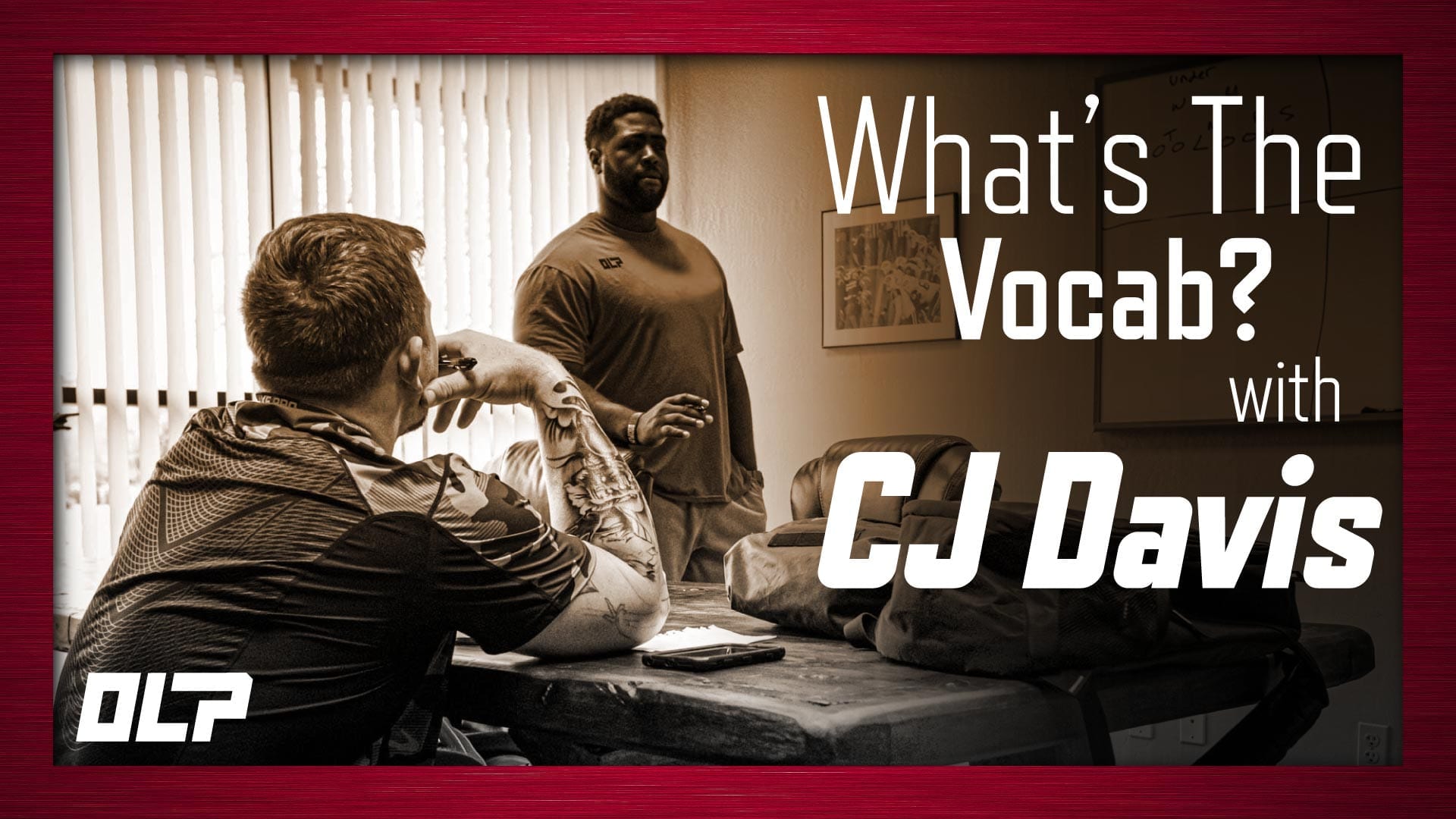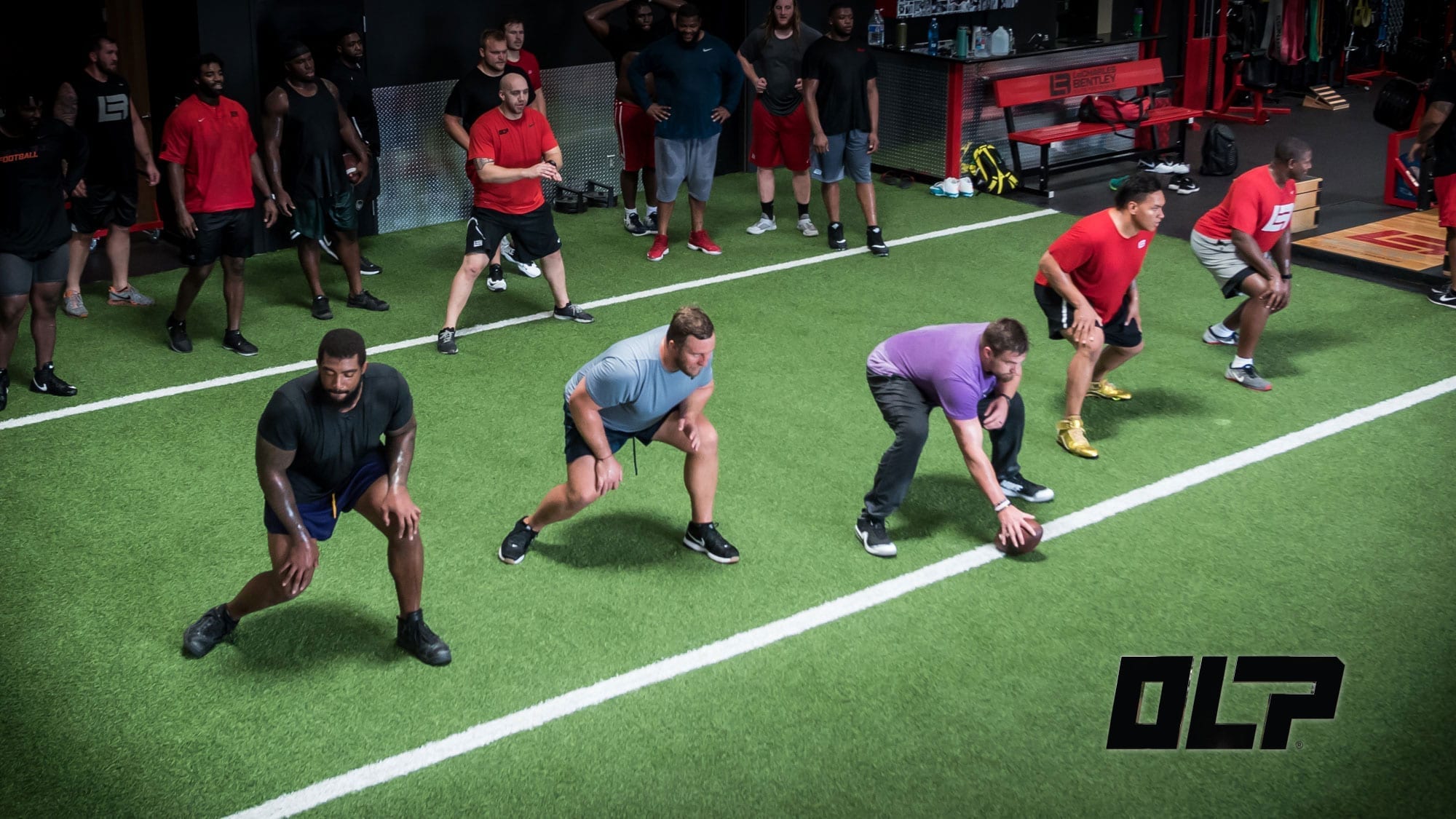
Offensive line athletes and coaches are constantly looking for ways to invest their time towards “getting better.” Since the inception of football, the “drill” has been the staple in the coaching culture. But the fact is, the perception of what drills are and what they’re supposed to achieve, may actually be working against the developmental grain.
What’s a Drill?
A drill is a synchronized movement pattern set to mimic live action scenarios. This sounds great, right? It’s not, when the perception is the players are actually building the necessary skills required to play at a high-level.
Why Not Drills?
Drills are akin to memorizing the answers to the math test versus learning how to solve the problems. There’s always the kid that does really well giving the answers to the multiplication table, but can’t solve a word problem to save his life. This is the problem with drills, they don’t teach you how to solve the problem, they give you the answers. How many times have you seen the player that is a complete beast during drills, but can’t play dead in a western movie? I’m confident you’ve seen it a lot. Drills don’t build the skills required for performance, but they do establish the context required to express those established skills.
“Drills don’t always transfer, but skills do” – Shawn Myszka
Why Don’t Drills Carryover?
Drills don’t carryover because offensive line play is a high stress environment that’s rooted in the principles of movement, and drills can’t replicate that. Prior to every snap the nervous system is processing a tremendous amount of stress. This stress is rooted in the fact that your brain doesn’t want you to play football, because you can be hurt while doing it. The brain wants three things, food, to procreate, and to keep us out of harm’s way. Not one of those three things can be found on a football field. At this point your body’s fight or flight sense has kicked in. In a nutshell, at the snap of the ball, who you truly are is going to show up. If who you are isn’t hardwired in to your nervous system, you are going to go “native.” The term native means, you are going to do what feels right and not what is right. The movement patterns and nature of offensive line aren’t natural. In order to execute unnatural acts in a natural way, said acts must be engrained in to who you are. You must be able to override your instinctual behavior and deliver a performance that’s rooted in skill. We all look good shadow boxing, but when Mike Tyson steps in to the ring, the truth will be told.
Should We Not Do Drills?
You need to do drills, but they should be used in the appropriate environment and applied contextually. The most appropriate environment for drill application is while you’re learning/teaching schemes. The true nature of a drill is to help players learn schematics more effectively. You’re working “deuce” blocks, the rhythm and timing needs to be coordinated between the tackle and guard. A drill is appropriate here. If you’re trying to get your center to stop under stepping herself when setting to a shade, there isn’t a drill in the world that can fix that, because thats’s a skill based issue. Skill based issues run deeper than drills can reach. You need to invest the time in to wiring the athlete for performance through skill acquisition. It’s all about selecting the correct tool for the job.
“The first step in teaching is making the student aware – then guidance through awareness builds confidence and mastery” – Dan Pfaff
Well, What Should We Do?
Skill acquisition is the answer (SKAQ). Skill is what’s going to transfer to the field. Imagine drills as Call of Duty and skill acquisition as Navy SEAL training. Call of Duty is fun. It’s a “fun” way to be a soldier. Navy SEAL training, it’s not fun. It’s intense, deliberate, focused and necessary. This is what skill acquisition is about. It’s taking something very complex, breaking it in to bite sized parts, slowing it down and heightening the focus. If you want to improve skill level, things must be done slowly, correctly, and with a high degree of focus. It’s a true function of quality over quantity.
“Quality dictates quantity, not the other way around” – Stuart McMillan





Leave A Comment